Nobody likes a yard full of weeds.
But before you can do anything about them, you need to identify them. Why?
Because different weeds sometimes require a different method of clearance.
And choosing the wrong approach is ineffective at best and can even make things worse.
So in this article, we take a look at the most common types of Texas weeds and help you to identify them. And we tell you the best way to get rid of the problem.
Broadleaf weeds
Broadleaf weeds can be a pain, but they’re usually quite easy to identify and get rid of. Here are 7 you’ll commonly find in Texas:
Chickweed
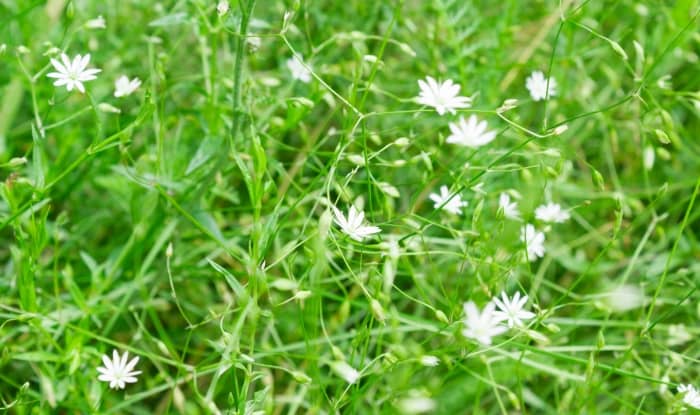
This fast spreading annual broadleaf weed takes its name from its popularity with chickens. It’s an edible herb, and some people use the leaves and flowers in salads.
You’re likely to first notice this type of weed growing in the winter. And by early spring it produces small white flowers with five cleft petals. The plant grows to about 8 inches in height. With the shoots matting together and sometimes reaching up to 16 inches in length.
Chickweed reproduces through roots and seeds. And it can be difficult to get rid of if you allow it to spread.
One of the best methods of control it is to dig or pull it out by hand, making sure you’re careful to remove all of the roots. And because the shoots can re-root, don’t leave any of the plant lying around.
You can also use most good weed killers that target broadleaf weeds.
Henbit
Another weed that’s popular with birds, henbit is an annual broadleaf that germinates in the fall and grows throughout the cool season and into spring.
It has notched, circular leaves attached to thin stems. And after the pink-purple flowers bloom in the spring it disperses its seeds around your yard. This allows it to spread and take over when they germinate later in the year.
If you can, try to identify it early and deal with it before it spreads its seeds.
You can kill the sprouts without damaging your lawn by using a selective herbicide. And if you suspect the seeds have spread around your yard it’s a good idea to use pre-emergent weed killer granules in the early fall.
Related: We help you identify weeds with purple flowers
Dandelion
Dandelions are one of the easiest lawn weeds to recognize because of their distinctive yellow flower. Which you’ll usually notice in the spring and early summer. Seed dispersal occurs after the flowerhead matures.
Getting rid of dandelions isn’t as easy as just chopping them down. All types of dandelions have a thick taproot that grows under the soil between 6 and 12 inches deep. And if the taproot isn’t removed or killed then this perennial weed will keep growing back again.
Maintaining a lawn of thick and healthy grass helps to prevent dandelions from becoming established in the first place. But if you notice this lawn weed growing, then you have two options:
The easiest way is to spray them with a dandelion weed killer.
Alternatively, you can dig dandelions out using a garden tool. But be careful to make sure you remove all of the taproot.
Purslane
If purslane is growing in your yard then you usually notice it either in late spring or early summer after the soil has warmed up.
Smooth, red stems grow close along the ground from a central taproot. And they often form a mat covering that stretches 2-3 feet from the root in varying directions.
Growing from the stems are flat, paddle shaped leaves. With small flowers at the very tips that rapidly turn into seedpods containing brown/black seeds. After the seeds have matured, the pods burst open releasing their contents.
Purslane is one of the more difficult Texas lawn weeds to clear and often grows back again. It’s easiest to remove while it’s young. And you can pull it out of the ground by hand. Just make sure you don’t leave any of the root behind.
If you wait until after it matures and disperses its seeds then you may find yourself having to deal with the problem long into the future. The seeds can survive in the soil for many years before being brought into the light and germinating. But a pre-emergent herbicide can help to stop them sprouting.
If you prefer to make use of the plant instead of throwing it away, then you can eat the stems and young leaves. And they’re highly nutritious. But as cut stems are capable of re-rooting in the ground, make sure you don’t leave any debris lying around after removal.
Thistle
Thistles grow fast and tall. If you leave them, a plant can reach several feet in height and approximately a foot wide. So they can quickly take up a lot of space in your garden.
The leaves have jagged edges and are covered in spines. And the brush like flower heads are either reddish-purple or yellow depending on the type.
They’re easy to control. Cutting them off at the base starves the roots of energy from photosynthesis and inhibits their growth. And regular mowing is sometimes enough to get rid of them when they’re growing in established lawns.
But its best to get rid of the plant before it has a chance to grow deep roots. You can pull them out by hand or dig them out. You can also spray them with herbicide. The best dandelion killers have a systemic action that kills to the root.
Spotted Spurge
Euphorbia maculata by Forest and Kim Starr
You can recognize spurge from the following:
- It has elliptical-shaped leaves
- The leaves have serrated edges
- There’s usually a touch of red or purple in the center of the leaf
- It’s a weed with tiny white flowers that grow along the stems
Germinating in the spring, it grows all the way through the summer unless you deal with it first.
The best way to control spurge Is to use a pre-emergent herbicide, applied in the late winter and early spring. If you notice any plants growing on your lawn afterwards, then use a selective post emergent to spot treat those that appear.
Bittercress
This annual weed thrives in wet soil and becomes particularly noticeable after periods of heavy rain. Emerging in early spring around February time, it’s identifiable by its small white flowers and alternate scalloped leaves.
You should try to deal with bittercress before the flower heads turn into seed pods. It spreads seeds over a good distance. And just one or two mature plants in your garden can cause an infestation in spring. When pulling the weed out, make sure you don’t leave its root behind.
If you find bittercress on your lawn it’s often possible to control it by regular mowing as long as you do it before the seed pods form.
Heavy infestation is best dealt with using a post emergent weed killer. Make sure the product you choose has at least two of the following active ingredients:
- Triclopyr
- 2,4-D
- Clopyralid
- MCPP
- Dicamba
Spring and fall are usually the best time to apply your chosen product.
Grassy Weeds
It’s sometimes more difficult to identify grassy weeds because of the similarity they have to turf grasses.
Some of the most common types in Texas include crabgrass, rescuegrass, Poa annua, and dallisgrass.
Crabgrass
Crabgrass is an annual weed with a notorious reputation for being difficult to get rid of. And it can even appear in well cared for lawns.
It produces many seeds. And because they can lie dormant in the soil for long periods of time it can reappear year after year. Even after you think you’ve taken care of the problem.
Germination and initial plant growth occurs in the spring. With the weed dying off again during the winter.
Because it grows fast, it quickly takes over your lawn. Crowding out and smothering your grass.
It’s easily distinguished from regular grass because of its thick blades, coarse texture, and lateral growth. It clearly stands out and looks unsightly.
The best way to keep crabgrass under control is to stop the seeds from germinating. So the top choice is a pre-emergent herbicide, which you should apply in early spring.
Post emergent weed killers that are specially formulated for killing crabgrass can do a good job. But, once the plant has set seed, you will find the infestation return the next year.
Rescuegrass
This weed is common in Texas during the winter. And then disappears in the summer when the temperatures become hot.
This makes it available for use as forage by livestock during drought or severe winters, giving rise to the name rescuegrass.
You can identify it by its tube-like sheath around the stem. The sheaths are also hairy, as are the top surface of the blades. And its ligule is rounded, tall, and hairy on the back.
It grows from seeds and tubers. So a good way to control it is by using a pre-emergent herbicide in the fall to prevent germination. And by using a post emergent weed killer that’s recommended for rescuegrass.
Poa Annua
Also called annual bluegrass, Poa annua is a bright green grassy weed that easily stands out from your lawn. It grows in clumps and features smooth leaves with pointed tips.
It usually germinates in late summer or early fall. With the newly sprouted seedlings growing through the fall and then flowering when spring arrives. It then produces a short seed head before dying off in the hot summer months, often leaving bare patches in your lawn.
If you keep your lawn thick and lush it has a hard time becoming established. And by mowing your lawn high, around 3-4 inches, you can make it difficult for the weed to survive.
To prevent the seeds it leaves behind from germinating you should use a pre-emergent in early fall. Spray any growing plants with a post-emergent weed killer..
Dallisgrass
Photo by Harry Rose
Dallisgrass stands out in your lawn because of its clumpy appearance, tall seed stalks, and coarse textured leaves. It’s also a fast grower, approximately twice as fast as most turf grasses.
The best way to control it is to use a post-emergent weedkiller. Try to apply it every 2-3 weeks until the plant dies.
Quackgrass
Quackgrass by Matt Lavin
Also called common couch, quackgrass can be difficult to identify, because to begin with, it looks similar to both crabgrass and ryegrass.
It’s a tall grass that grows quickly in tufted patches. An upon close inspection, you’ll notice that it has broader leaves than most common lawn grasses, which are rough to the touch.
Maintaining a healthy and thick lawn can prevent quackgrass from becoming established. But if it starts to grow, there are some things you can do.
It’s possible to dig it out of the ground, but it’s very difficult. It has an extensive rhizome system that grows up to 8-inches deep. And they break easily. So you need to be careful not to leave them in the ground or the weed will grow back.
Powerful non-selective weed killers such as roundup can do the job, with more than one application often required. But they’ll also kill your grass. So you’ll have to reseed the area afterwards.
Grass-Like Weeds
The most common grass-like weed you’ll find in Texas lawns is nutsedge.
Nutsedge
This invasive perennial weed has a well deserved reputation for being one of the toughest to get rid of once established.
Although it looks similar to a tall grass there are some things that make identification easy.
It has a V shape, and is usually stiff and thicker than grass. And the leaves come in a set of three, whereas most grasses commonly have a set of two.
If it’s purple nutsedge it will produce red brown flowers when it blooms. And if it’s yellow nutsedge you’ll see golden yellow flowers.
It spreads using rhizomes, tubers, bulbs, and seeds. And because it’s very hard to control, the most important thing is to take action early. This means identifying and removing the young plants before they produce tubers.
Each tuber is capable of creating hundreds of shoots in a small 3 to 6 foot area. And not only that, they also produce over 100 more tubers. You can see how quickly the situation can get out of hand.
You can dig young plants out of the ground. But this method is unlikely to work with mature plants. Getting rid of all the rhizomes and tubers they produce is very difficult and painstaking work. And if any are left behind the plant will continue to grow.
This means you need a good nutsedge killer to kill the whole plant.
Other Common Texas Weeds
Whether you’re living in the South, West, East, Central, North, or Northeast of Texas, here are some more weeds you might find growing in your yard:
Broadleaf Weeds
Pigweed
Creeping Charlie
Aster Weed
Clover
Dollarweed
Grassy Weeds
Dayflower Weed
Ryegrass
Crowfoot Grass
Doveweed
Photo by George3819
Crow-Poison
Goosegrass
Stinging Grass
Photo by Harry Rose
Vine Weeds
Poison Ivy
Kudzu Vine
Related Posts:
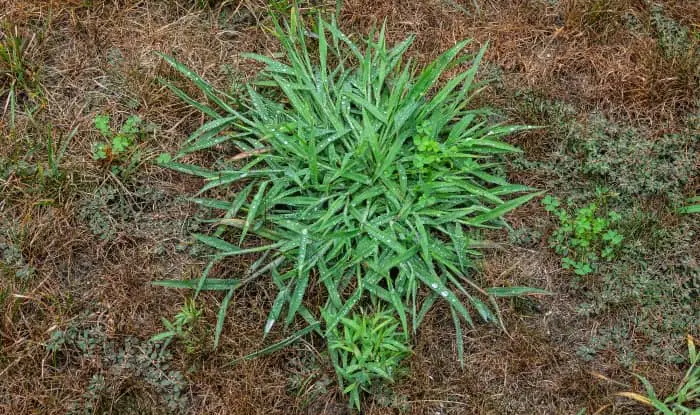

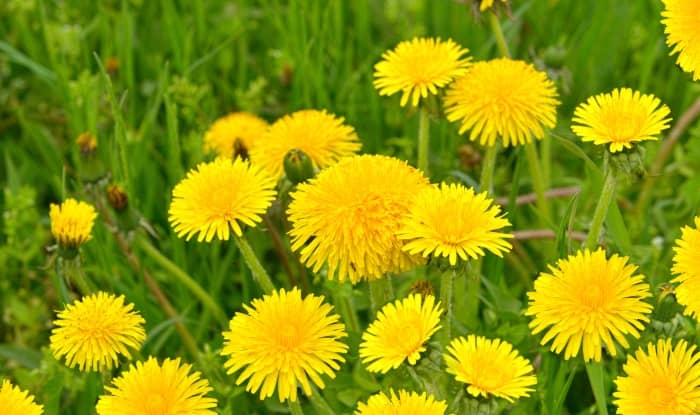


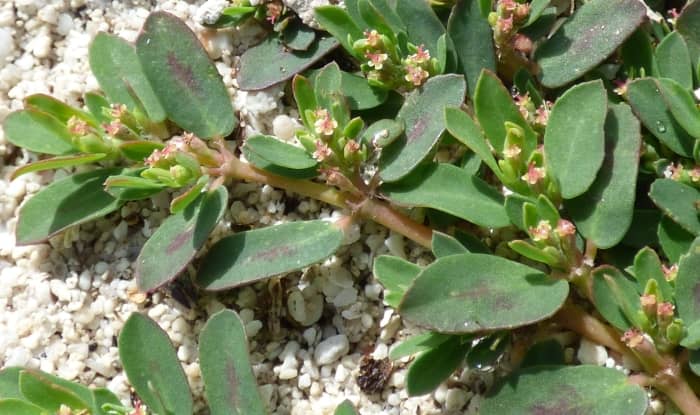
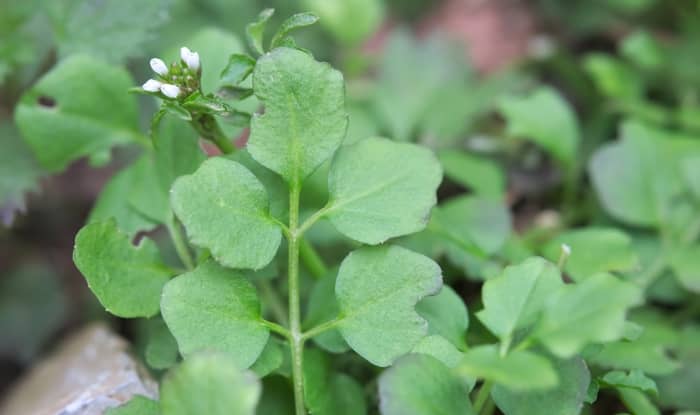
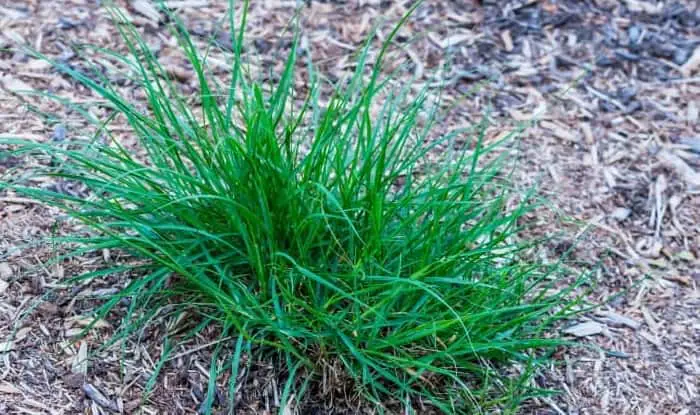
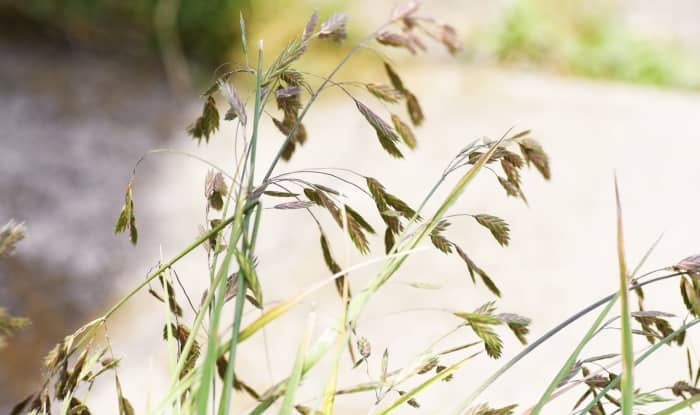
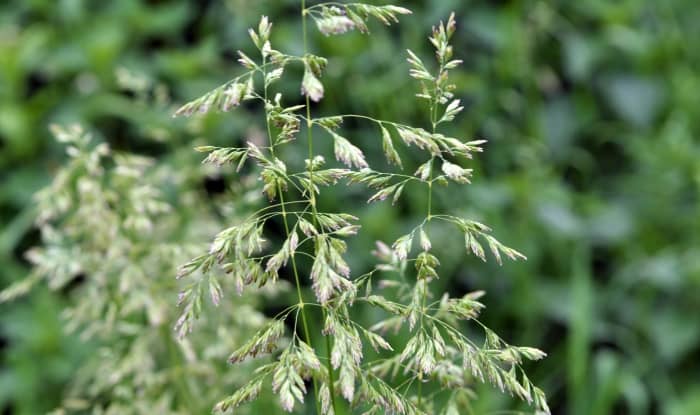
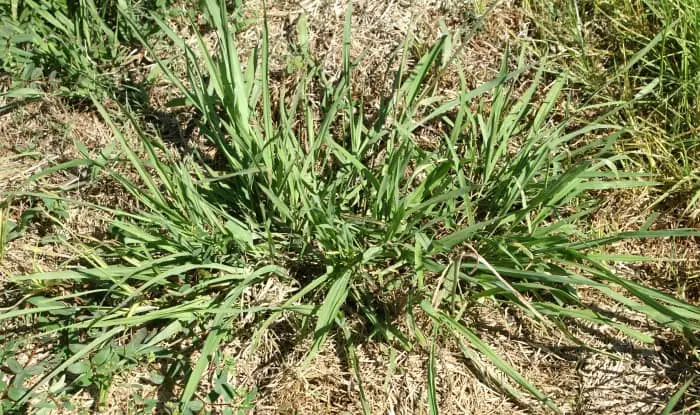
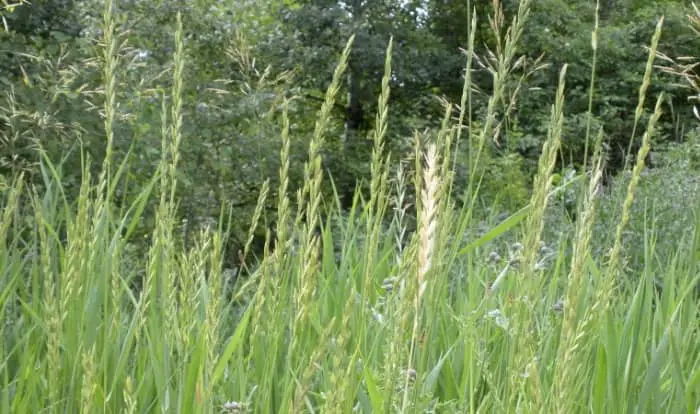
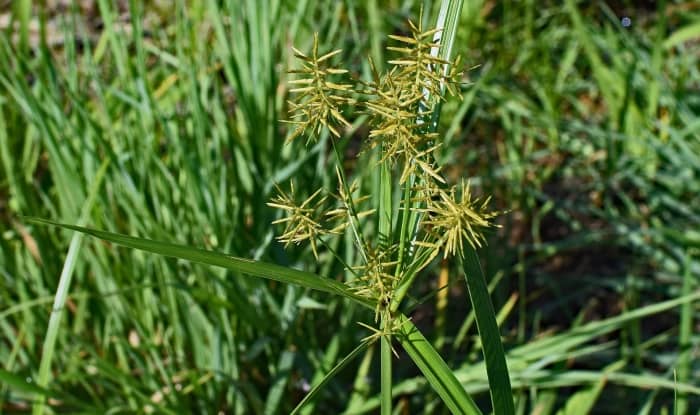

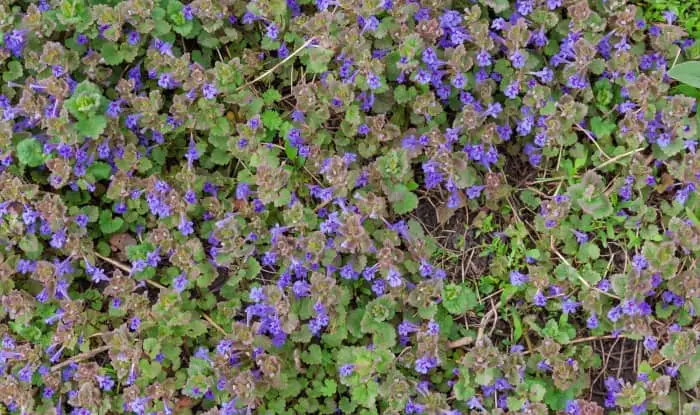


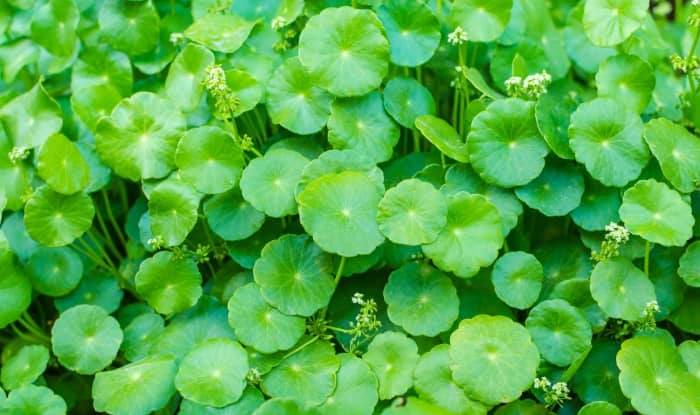
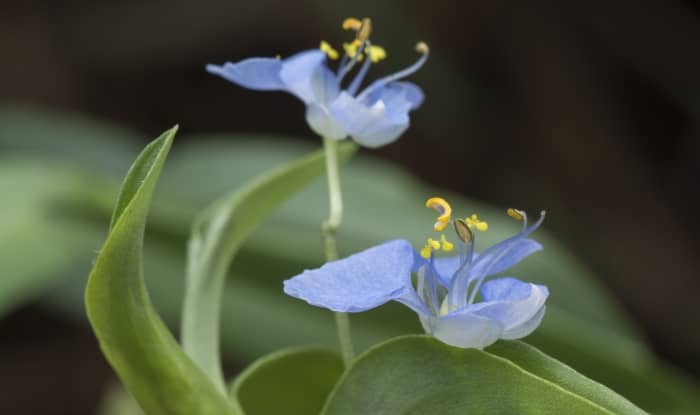
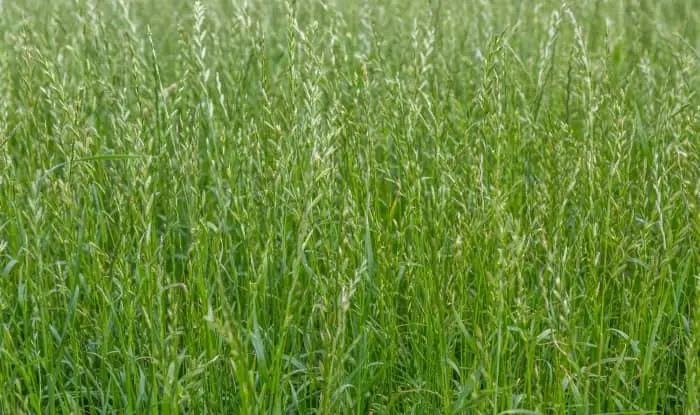
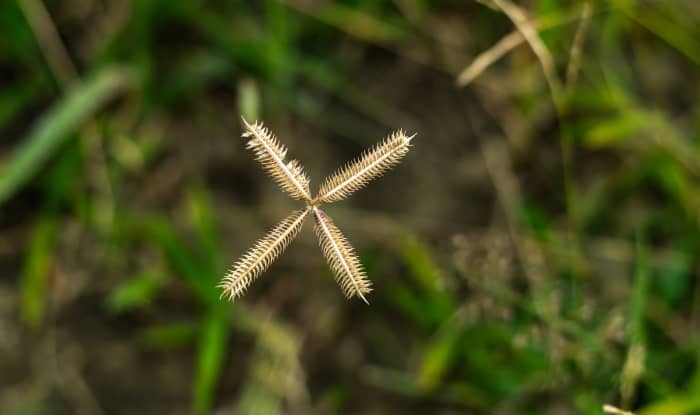
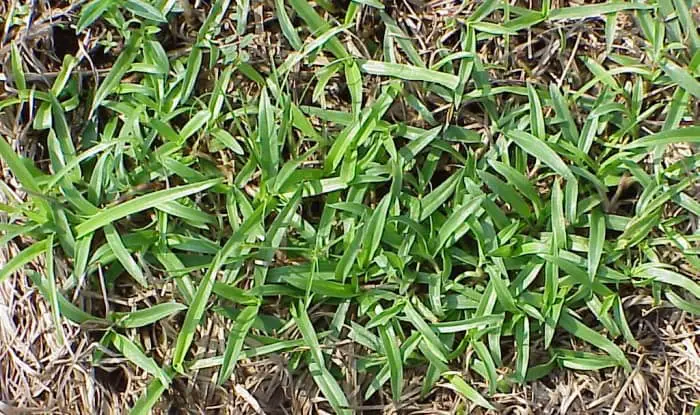
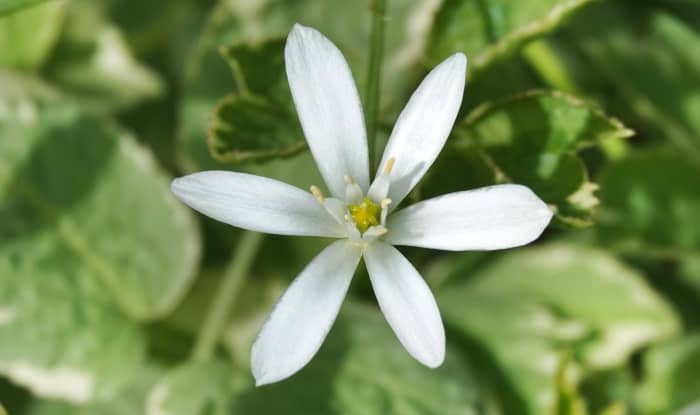
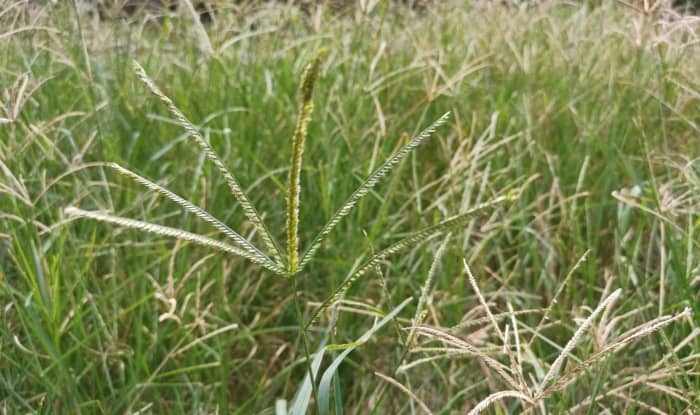
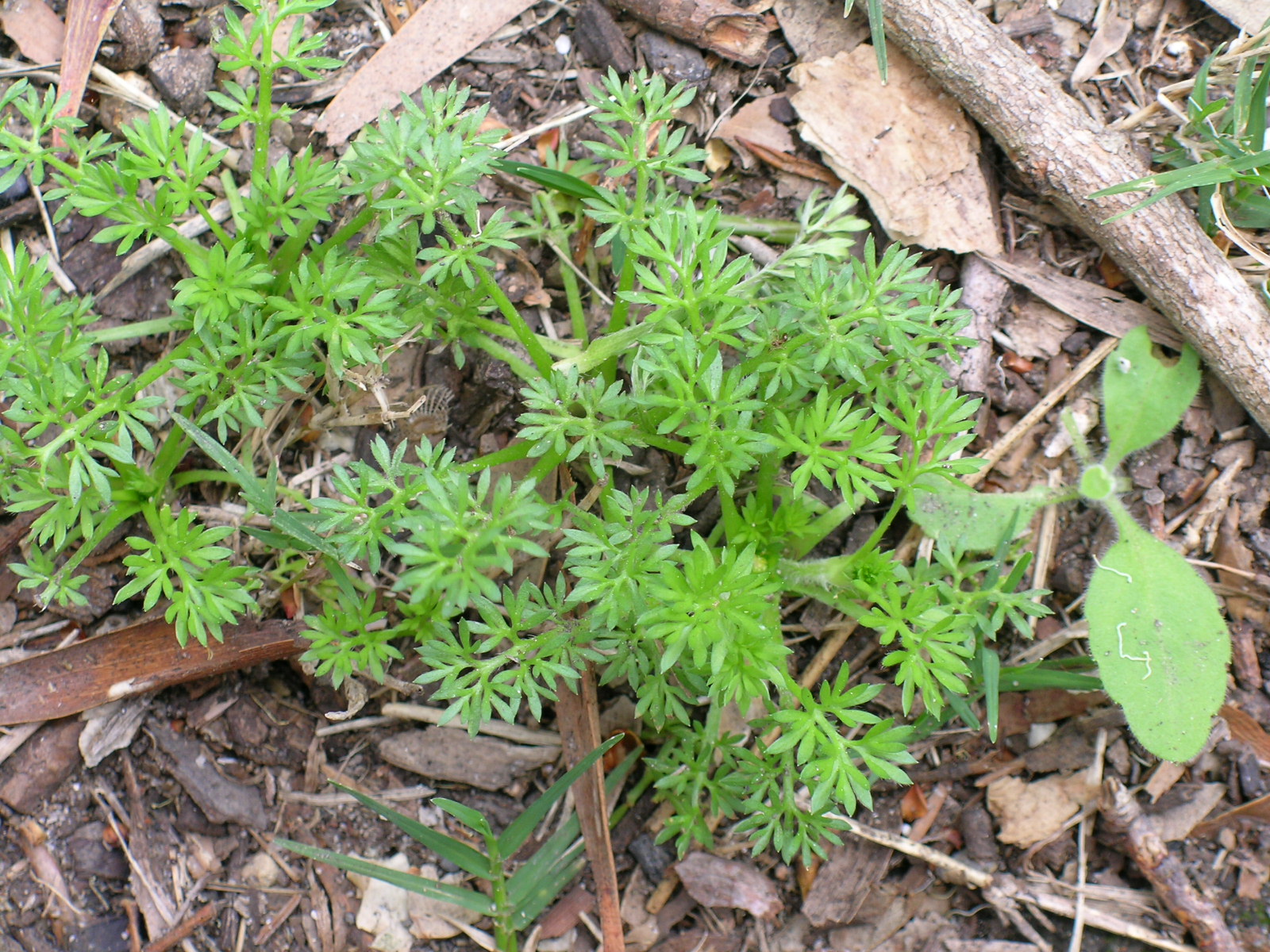
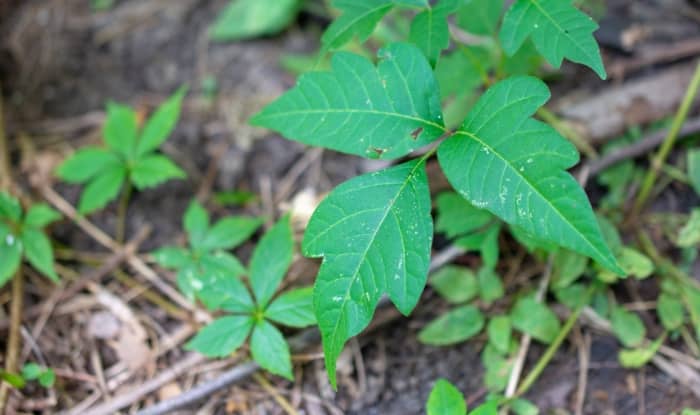
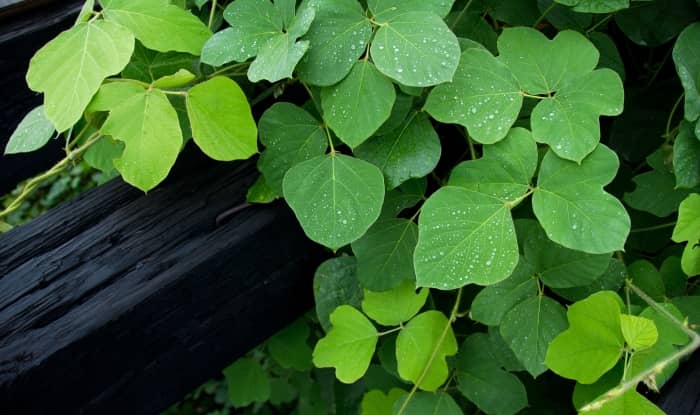
all of these plants are much prettier than “normal” grass. guys with flowers in their yard get laid. remember that before you start uprooting these flowering plants fellas.
Please name the weeds in the first picture.
Hi, It’s crabgrass.
I have a VERY aggressive weed growing in my yard that has taken over approximately 7 square feet of my front lawn in record time. I located it on a BING website for COMMON WEEDS in south TEXAS but the web site did not identify the weed. I attempted to paste a picture of it in this text box but no luck.
Would you please email me so I can send you a picture of this weed and hopefully get information on how to kill it ??
Thank you !!!!!
Hi Bruce, please use the contact form to send us the image URL and I’ll take a look.
Hopefully this will work. Below is the URL for common weeds in central Texas. Once the page opens there will be a button for ‘See all images’. Once that button is pressed a new screen appears and the weed I need help with is on the top row, second picture from the left.
It is a viney weeds that spreads like crazy in my St Augustine grass. It’s stem and tap root is also very stout – It breaks trying to pull it up from the soil.
Thanks in advance !!!
Hopefully, I’m looking at the correct image, I have a few suggestions for you to take a look at:
Roadside Aster (Aster exilis)
Spiny Aster (Chloracantha spinosa)
African Rue (Peganum harmala)
If none of these look right you could try emailing your county agent/cooperative extension service and send them your photos.